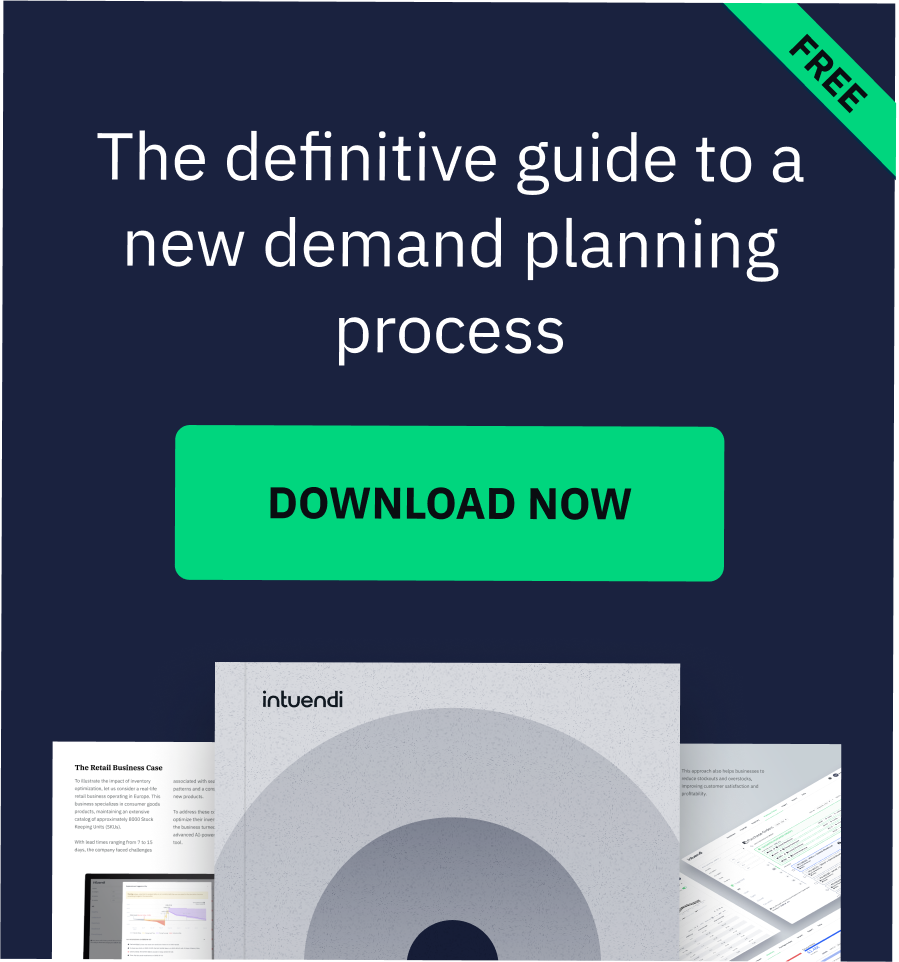All businesses launch new products in the market for many reasons. By definition, “new products” are items that have never been sold before and they can refer to entirely new products (never seen before), variations of existing products or items that enter a new market.
Demand Forecasting for new products is a hard task and it’s fundamental to determine what sales goal you can expect to reach.
Sometimes marketing and planning teams use the new item forecasting for what-if analysis in order to estimate the sales performances before launching the product.
This task requires special skills since no previous data are available about new products sales. In this case, a qualitative approach for estimating the future demand is required; in contrast, quantitative techniques lead to a good result in case of existing products forecasting.
Advanced Machine Learning based techniques offer several ways to improve the quality of forecasts when you are going to launch new products in the market:
here some approaches to such a complex task.
Forecasting by analogy
One of the easiest approaches for forecasting a new product is discovering if there’s a similarity between the new item and parts of the company product catalog whose you have historical data.
For example, you can estimate the future sales of a new item by analyzing how other items in the same category performed when they have been launched.
Analogies can be found in many ways: the new item can inherit the sales behavior of an entire category or of a small group of products. In order to find the best matching between new and existing items, Machine learning based techniques will use all the available catalog information including products hierarchies, item descriptions, and external data.
As soon as you start to collect sales data for the new item, you can adjust the forecasts by minimizing the effect that the founded similarity gives to your estimates.
Collections
Some businesses, for example fashion companies, have a large part of their catalog made by new products that will be marketed for a short time window.
In this case, finding similarities across the catalog without taking into account such dynamics might not catch all the complexity of the forecasting task.
One really effective approach is linking the new product forecasting with the historical data related to the previous collections. This way, analyzing the sales performances of the past collections in addition to the similarity research across items in such collections can provide powerful tools when you need to predict how much your new products will sell.
Product life cycles
Estimating new products forecasting by analyzing product lifecycle curves in a business relies on the idea that a new item is not typically a completely new product, but often it simply upgrades past items already present in the user catalog even if it offers completely new features.
Think about electronics and you’ll easily get the point.
In this case, generating the product lifecycle curves by analyzing the catalog sales history can provide a strong contribution to the forecasting process.
It’s very likely that you’ll find clusters of products that share the same curve and that, in general, many curves will follow multiple steps chained this way: the product launch phase with a ramp-up of demand, a stable period with constant demand and in the end a final decline phase.
Estimating the life cycle of a new product by learning what happened in the past can definitely improve the accuracy of the overall forecasting process.






